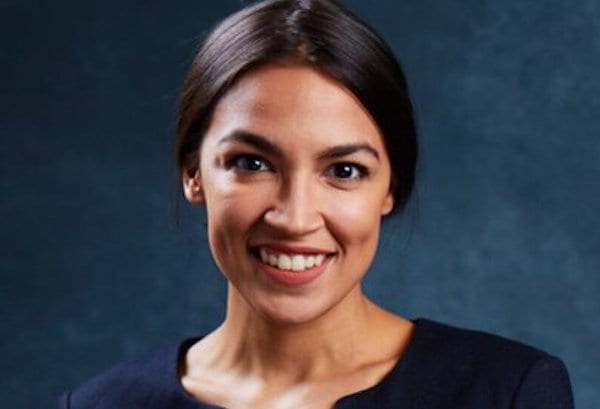A record number of women put their hands up to run for the elections in a trend that could see more women elected into office than ever before, as Americans vote for members of both chambers of Congress (the House of Reps and the Senate), and governors in 36 states.
EMILY’s List, which promotes women in politics, says it’s heard from a massive 42,000 women since Trump’s election, expressing an interest in running for office. Just 920 women contacted the organisation during the 2016 election cycle.
According to an ongoing tally by the Center for American Women and Politics, 235 women of the 476 who filed have won their House nominations (compared with 167 in 2016), with 22 women winning their primaries for the Senate. Sixteen women could also be elected governor next week, up from the previous record of ten in the running. Most of the women still in the race are Democrats. (These stats were updated on the 23rd of October.)
Women currently make up just 20 per cent of Congress, and just six of the 50 US governors.
But it’s not just that more women than ever before contested the primaries, but also that so many put themselves forward as who they are. Some made motherhood a campaign asset — and appeared in ads and videos promoting their campaigns while breastfeeding, while with their young children, and even while having an ultrasound — others refused to comply with stereotypes of what politicians should look like. They wore jeans, t-shirts, dresses, they came from a diverse range of backgrounds and with vastly different professional lives.
Indeed, based on those who won their primaries, next week’s midterms could see a number of significant firsts according to TIME, including Stacey Abrams becoming the first black woman to serve as governor, Deb Haaland becoming the first Native American woman to serve in Congress, Rashida Tlaib the first Muslim woman in Congress and Alexandria Ocasio-Cortez becoming the youngest woman elected to Congress (she is 28 and pictured above), after she caused a major upset in June, defeating 10-term, congressman Joe Crowley in the Democratic nomination for New York’s 14th Congressional District.
And the results could be swayed by larger numbers of Americans turning out to vote — many angered by Trump’s election and first two years in office, and others — particularly younger, female voters — energised by influential social media campaigns to get heard, including The Skimm’s ‘No Excuses’ campaign. Bernie Sanders has issued a direct pitch to millennial women, saying that “No group of Americans has more at stake in this election.” A CNN poll found that 63% of likely female voters were planning on voting for Democrats, compared with 50% of men planning on voting for Republicans.
Meanwhile, Republicans are also pushing to win the women’s vote, having just released a new one-minute campaign promoting Trump’s economic gains and depicting a white mother showing concern for her daughter, noting that the things that have started to change could “all go away”, if “we don’t remember where we came from and choose the right future”. The ad features the slogan: “things are getting better, we can’t go back.” Towards the end, the mother votes republican, and the video shifts to a few years later where her daughter is on stage in front of a large audience, playing the violin. Notably, the campaign does not mention Trump.
We’ll certainly be following on with interest what happens next week in the US, as will many Australians, including our politicians, and possibly plenty of women who may go on to put their hand up to run in seats across the country.

